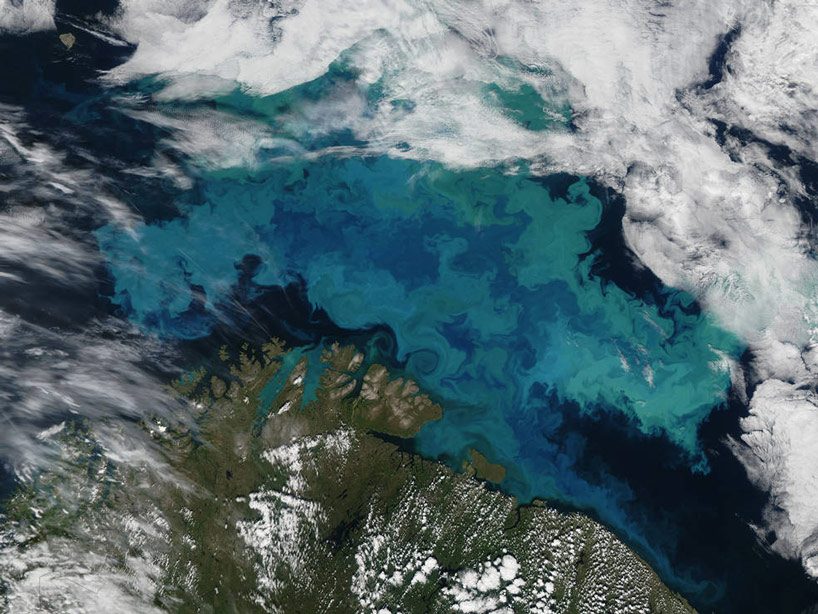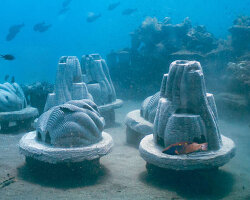NASA is on a mission to better understand the complex systems that drive ocean ecology by studying the earth’s seas all the way from space. PACE — short for the plankton, aerosols, cloud, ocean ecosystem mission — will use advanced technologies to measure the diversity of the ocean’s tiny plant-like organisms called phytoplankton to help scientists get a better grip on how climate change is affecting the environment.
one of four stop motion videos detailing themes regarding NASA’s PACE mission
video by NASA goddard
PACE‘s advanced technologies will provide a new insight into earth’s ocean and atmosphere by revealing the diversity of organisms fuelling marine food webs and how ecosystems respond to environmental change. looking at the ocean, clouds and aerosols (small particles in the air) together will improve our knowledge of the roles each plays in our changing planet.

this plankton bloom in the barents sea is a colorful example of the microscopic ocean life that the PACE satellite will observe globally when it launches to space in the 2020s
images courtesy of NASA
whilst the technologies wont be used to monitor sea creatures like whales, sharks or fish, they will monitor living organisms such as chlorophyll present in the seawater’s bacteria. it will also study pigments found in phytoplankton, a microscopic marine algae that is the base of several aquatic food webs. in doing so, scientists will hopefully get the opportunity to map how different variations of phytoplankton capture energy from the sun and carbon from the atmosphere.

off the coast of argentina, two strong ocean currents recently stirred up a colorful brew of floating nutrients and microscopic plant life just in time for the summer solstice, december 21, 2010
PACE’s primary sensor, the ocean color instrument (OCI), is a highly advanced optical spectrometer that will be used to measure properties of light over portions of the electromagnetic spectrum. it will enable continuous measurement of light at finer wavelength resolution than previous NASA satellite sensors, extending key system ocean color data records for climate studies.













